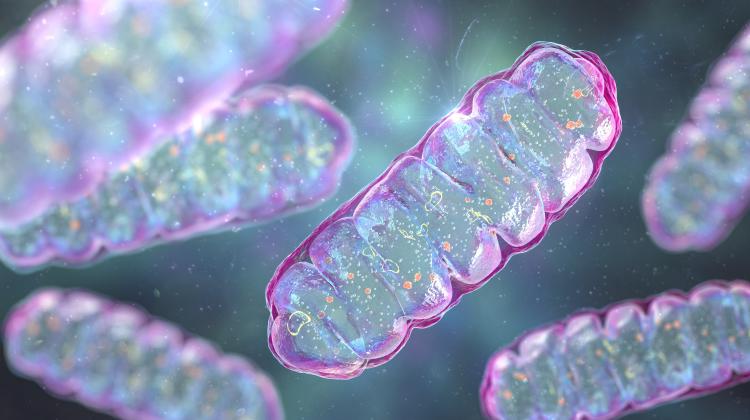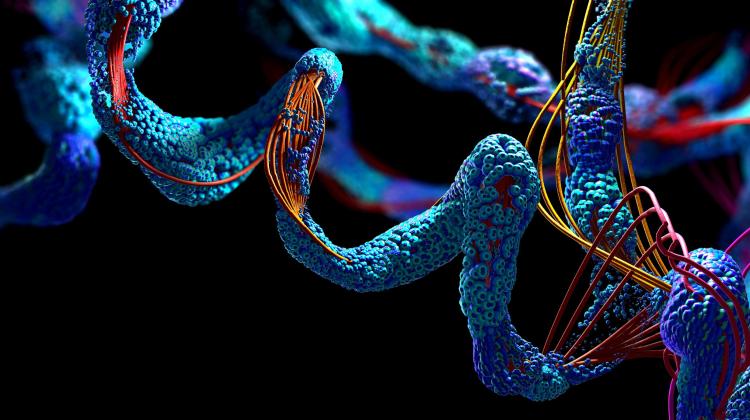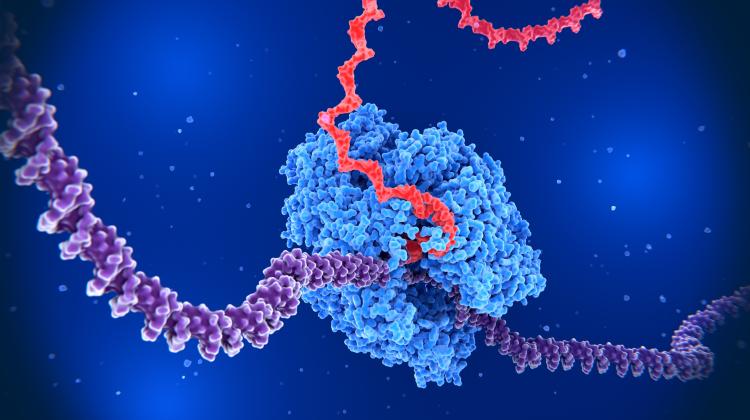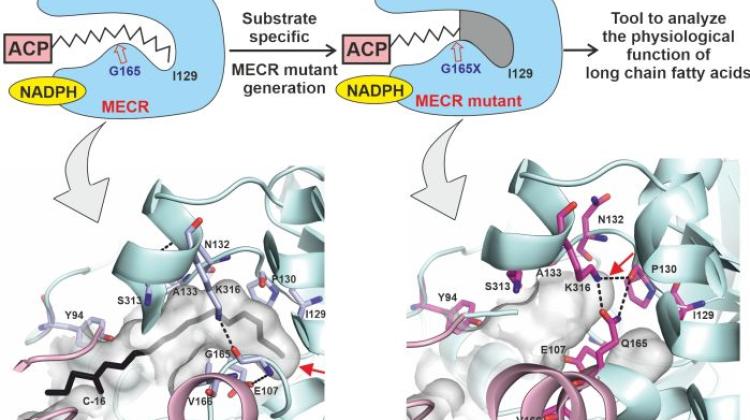Researchers describe proteins that help mitochondria communicate
 Adobe Stock
Adobe Stock
Mitofusin 2 is a protein that is needed for the work of mitochondria in cells. In a paper published in Science, an international team with the participation of a Polish researcher describes newly identified variants of this protein that mediate between the mitochondrion and other parts of the cell. The study sheds light on certain liver disorders.
The MFN2 protein found in the outer membrane of the mitochondrion plays an important role in cells. Scientists discovered its new variants (isoforms) and studied their role in cellular processes. The discovered isoforms significantly increase the number of contacts between mitochondria.
One of the co-authors of the paper is Dr. Miłosz Wieczór from the Faculty of Chemistry of the Gdańsk University of Technology.
An important aspect of the publication concerns the finding that newly identified isoforms (alternative variants) of the long-known MFN2 protein, mitofusin 2, are responsible for maintaining physical contact between the mitochondria and the endoplasmic reticulum (ER), the university representatives report.
Mitochondria can be described as 'cellular power plants' responsible primarily for the production of energy in the form of ATP. The endoplasmic reticulum is a system of channels separated from the cytoplasm by membranes. It is responsible for the production and transport of such cellular elements as lipids and proteins.
The contact between them enables the regulation of important mitochondrial processes, from the transport of calcium and lipids to autophagy and mitochondrial division. Despite this, it has been unclear exactly what molecular structures physically connect the two organelles.
As part of the project, a group of scientists from Padua and Barcelona determined that while the full-size MFN2 protein is anchored on the surface of the mitochondria, shorter, previously not described variants of this protein anchor in the endoplasmic reticulum, while significantly increasing the number of contacts between these organelles.
The researchers also identified the role of the described proteins in the pathophysiology of the liver. For example, in non-alcoholic steatohepatitis, one of the MFN2 variants may correct the altered transfer of phospholipids from the ER to the mitochondria and thus reduce the resulting problem.
The role of Dr. Miłosz Wieczór in the research process was to propose and build a molecular model of such a connection based on available experimental data, as well as structures generated by the latest neural networks (AlphaFold2). The finished model, consisting of over a million atoms, was then simulated by the scientist on a supercomputer in order to confirm the stability of the prepared structure.
PAP - Science in Poland
lt/ agt/ kap/
tr. RL
Przed dodaniem komentarza prosimy o zapoznanie z Regulaminem forum serwisu Nauka w Polsce.

















